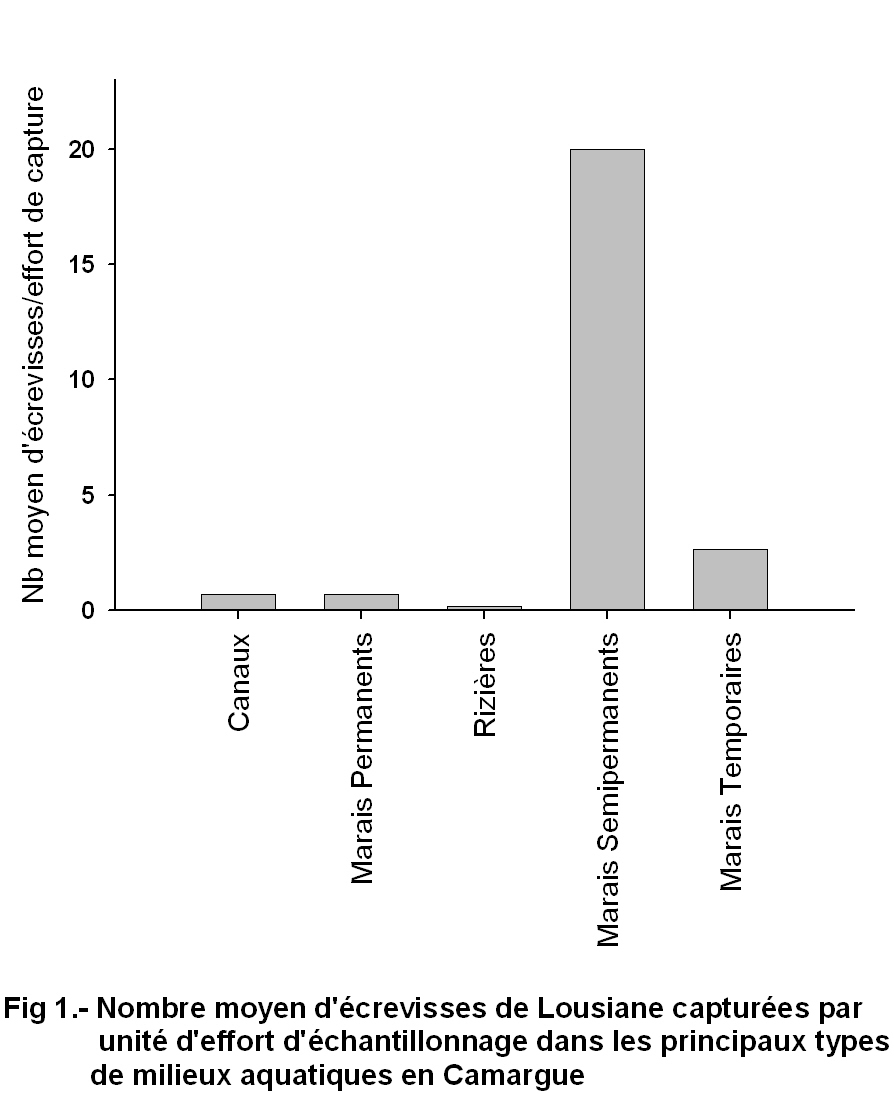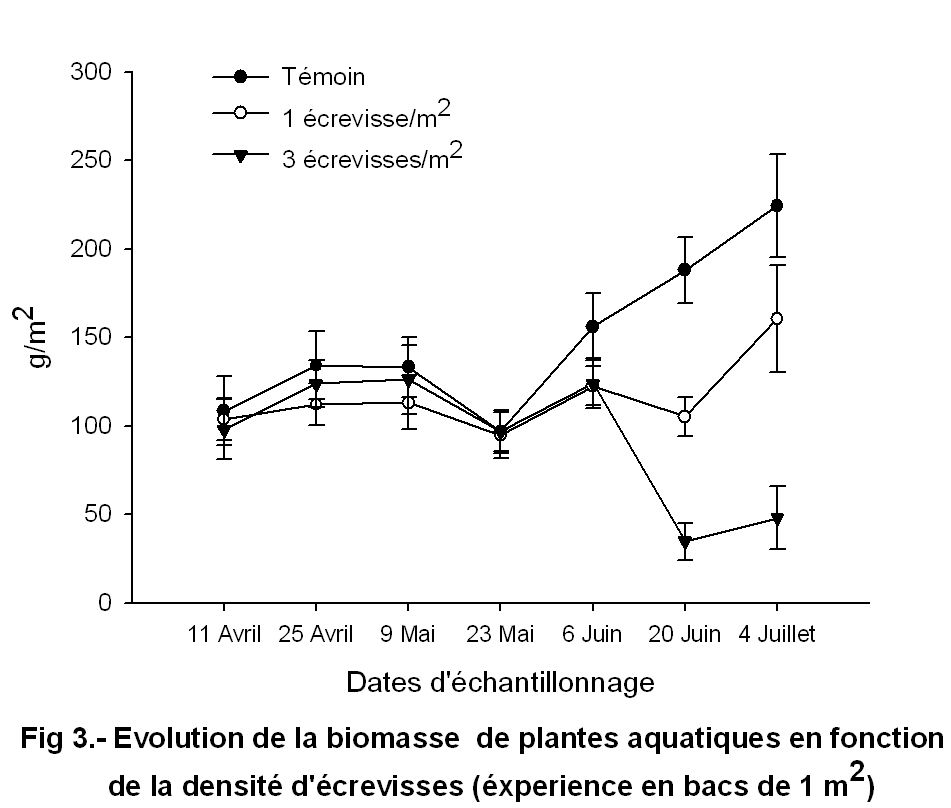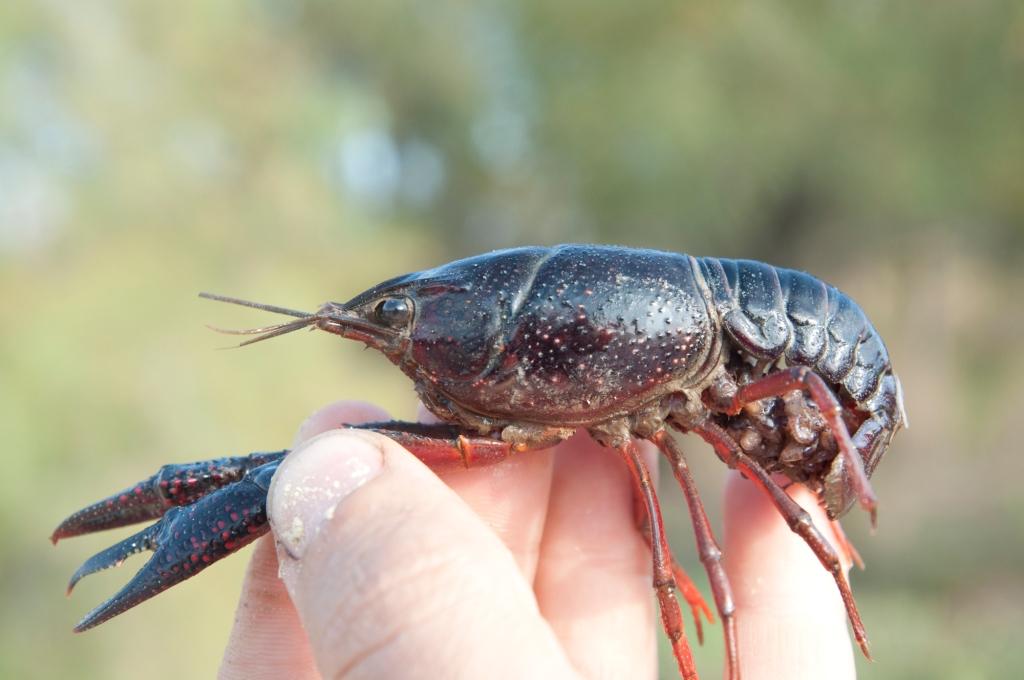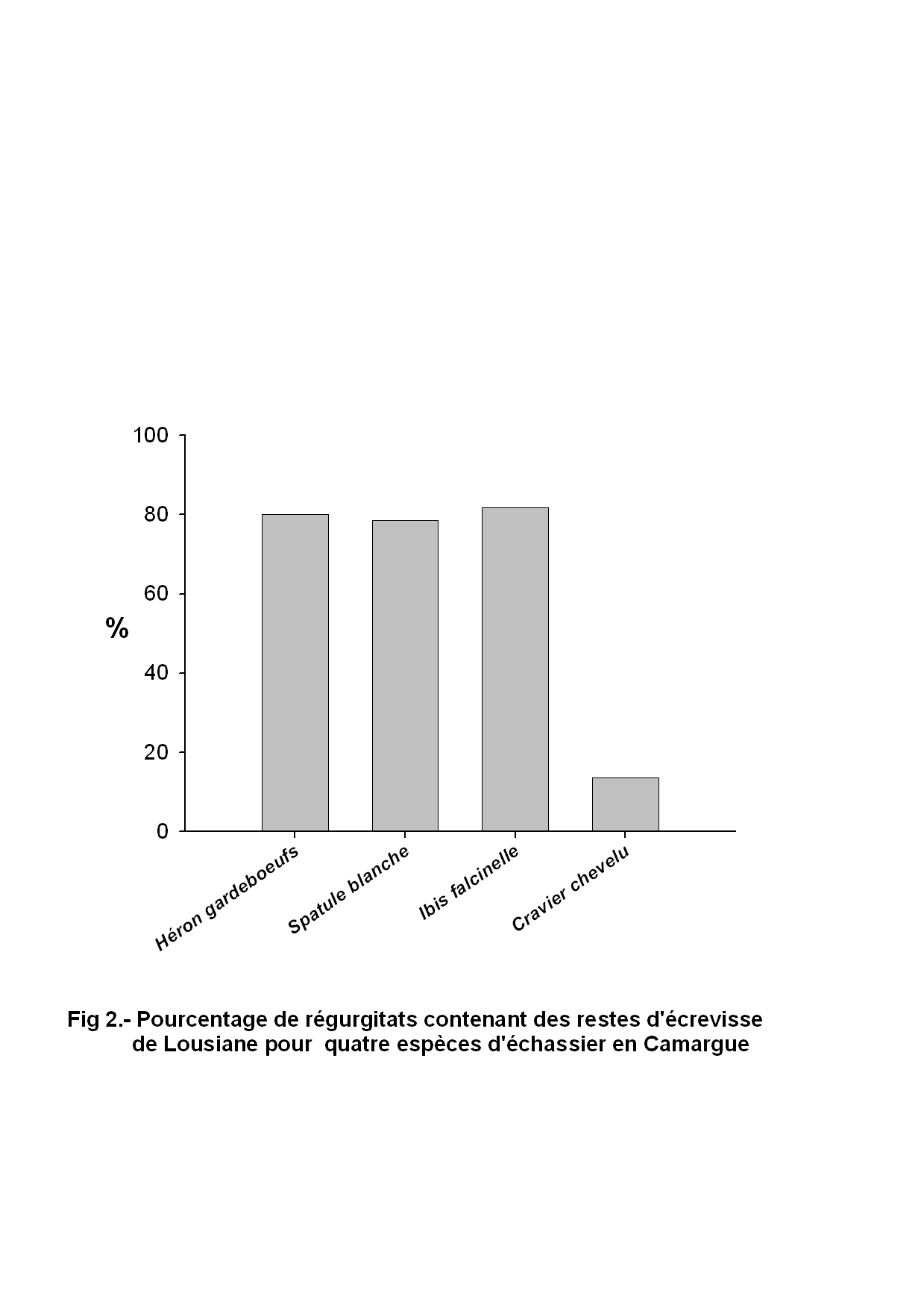A case study on the Louisiana red swamp crayfish
Introduced invasive species, such as the Red-eared Slider (Trachemys scripta elegans), the Baccharis hamilifolia, and the water primrose (Ludwigia sp), are one of the principal causes of erosion of biodiversity.
Important ecological, health, and socio-economic impacts
The Louisiana red swamp crayfish is a species with a high potential to be invasive due to the following characteristics:
- varying sexual maturity,
- high fertility rate,
- rapid juvenile development,
- omnivorous diet,
- protective behaviour of their young,
- great capacity to adapt to environmental stress and varying environmental conditions,
- can be used for various human activities (e.g., bait for fishing, cooking).
The presence of this species has had ecological, health, and socio-economic impacts. In a recent classification of 27 species introduced into Europe by aquaculture, this species is considered to be the one that has had the most impact.
For example, it can modify the structure of the ecosystem by causing a decrease in submerged plant populations (macrophytes), preying on animals, as well as by modifying the physico-chemical factors. Some plant and animal populations have declined in sites where the Louisiana red swamp crayfish is present today. For example, in southern Europe, it has been identified as the cause of declining aquatic plant populations in different lakes, such as El Portil (Huelva, Spain), and Chozas (León, Spain), and also for the disappearance of water snails (Lymnaea peregra and L. stagnalis) in the Doñana National Park (Huelva and Seville, Spain), and the drop in some populations of amphibians in southern Portugal (Alentejo and Algarve).
Conversely, the proliferation of this crayfish in wetlands has favoured certain vertebrate predators, which consume it abundantly (particularly herons).
The Louisiana red swamp crayfish also causes health-related problems that undermine the conservation of biological diversity. First, as is the case for other American species of crayfish, it is a carrier of crayfish plague (a mycosis due to Aphanomyces astaci), which has been decimating native European populations.
The Louisiana red swamp crayfish is also a carrier of the tularemia bacteria (Francisella tularensis). Meanwhile, appreciated for its good flavour, it bioaccumulates heavy metals and toxins, such as cyanotoxins.
Finally, socio-economically speaking, it has positive effects as a species that can be caught, and negative ones such as the damage it causes to the hydraulic infrastructure and rice fields.
Tour du Valat research
To better understand the role of Procambarus clarkii and its potential impact in the Camargue, the Tour du Valat has been running a project that attempts to assess:
- its spatial distribution throughout the Camargue,
- its place in the trophic chains and impact on Camargue ecosystems.
In particular, the following questions must be addressed:
- What environments does the Louisiana red swamp crayfish like best (permanent marshes, semi-permanent marshes, temporary marshes, canals or rice fields, salinity of the water)?
- What is the current distribution of the Louisiana red swamp crayfish in the Camargue? Are all the potential habitats already occupied?
- What is its biological cycle in the Camargue? Is this cycle similar to the one observed in different climatic and/or management conditions?
- What is this crayfish’s diet in the Camargue? Does it differ according to the type of habitat?
- How does the Louisiana red swamp crayfish impact the functioning of temporary marshes?
- How does it modify trophic networks?
According to the results, paths of action will be proposed for the management of P. clarkii.
Initial results have provided some interesting responses :
- Crayfish prefer semi-permanent marshes, and few crayfish live in rice fields in the Camargue (Figure 1).

- The crayfish is an important prey for the Glossy ibis, White spoonbill, and Cattle egret during the reproduction season, whereas it is not important for the Squacco heron (Figure 2).
- The Louisiana red swamp crayfish strongly impacts aquatic vegetation. An experiment in tanks shows that aquatic plants are strongly impacted by the crayfish. The biomass of aquatic plants is 4 to 5 times lower in tanks stocked with a high density of crayfish (Figure 3) compared with the control (with no crayfish). This high density (3 crayfish / m2) is often found in Camargue habitats. It corresponds, however, to an ‘average’ density compared to what has been observed in other areas colonised by the Louisiana red swamp crayfish, such as Doñana and rivers in central Spain.


